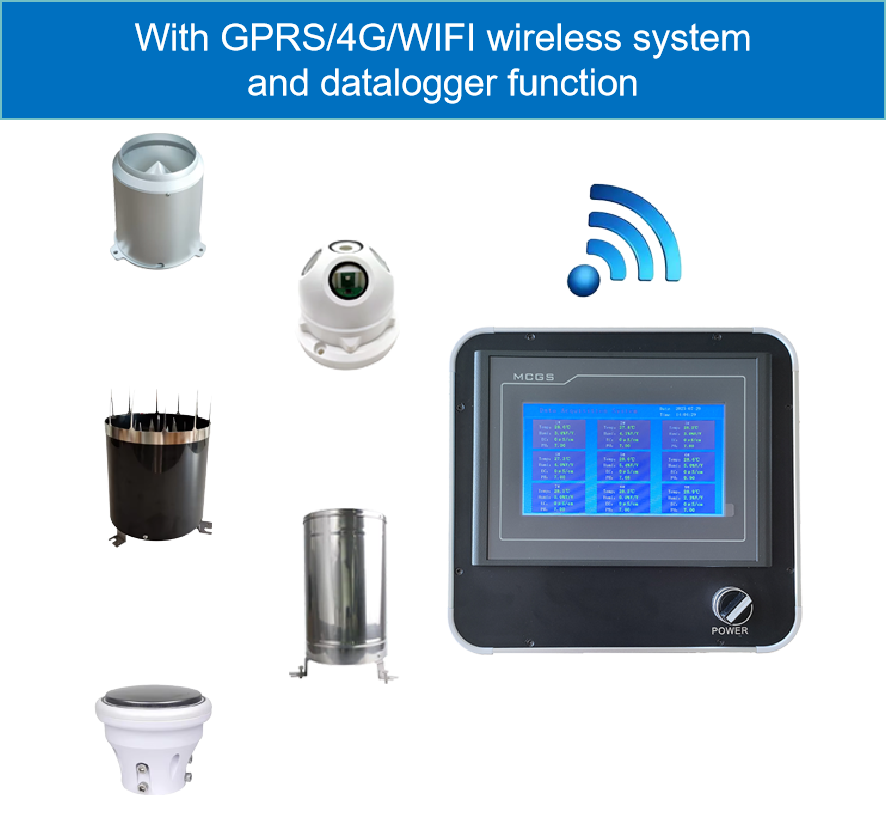Subtitle: From “Farming by the Sky” to “Farming by Data,” the tipping bucket rain gauge is becoming the silent strategist in Southeast Asia’s fields, leading a quiet revolution in precision agriculture.
[Southeast Asia Agri-Frontier News] In a rice field in Thailand, farmer Prayut no longer looks to the sky to guess the rain like his ancestors. Instead, he checks real-time data on his phone. An alert tells him: “28mm of rain last night. Reduce today’s irrigation by 50%.” Behind this change lies a seemingly mundane but crucial device—the tipping bucket rain gauge. It is quietly reshaping agricultural practices across Southeast Asia with its low cost and powerful functionality.
From Reactive to Proactive: A Field-Level Data Revolution
Southeast Asian agriculture has long been at the mercy of monsoon climates, where the “mood swings” of rainfall directly impact farmers’ livelihoods. Now, a data-driven agricultural transformation is underway.
- Thailand: Fitting Rice Fields with a “Smart Water Meter”
In central Thailand, a large rice cooperative has achieved precision irrigation by deploying a network of field rain gauges. ”We no longer flood our fields blindly,” said the cooperative’s leader. ”The system tells us exactly when and how much to water based on actual rainfall. This alone has saved us over 30% in irrigation costs and water usage.” This not only alleviates water pressure in the dry season but also protects crops during heavy rains through early warning systems that trigger timely drainage. - Vietnam: The “Frontline Sentinel” Against Saltwater
Threatened by climate change, Vietnam’s Mekong Delta is grappling with severe saltwater intrusion. Local rain gauges have become “frontline sentinels” in this fight. Dr. Nguyen Van Hung, an agricultural expert, explains: ”Monitoring the initial rains of the early season is critical. This data helps us predict the recovery of freshwater resources, guiding millions of farmers on the optimal sowing time and assisting sluice gate operators in managing water flows to push precious freshwater into farms and block saline water.” This is vital for the survival of high-value crops like dragon fruit and mango. - Indonesia: The Plantation’s “Win-Win for Economy and Ecology”
In Indonesia’s vast oil palm plantations, the rain gauge has become the “conductor” for fertilization. A plantation manager revealed: ”In the past, if heavy rain fell right after we fertilized, hundreds of thousands of dollars in fertilizer would be washed away, polluting the rivers. Now, we schedule applications based on rainfall data, drastically improving efficiency. It saves money and protects the environment.” Furthermore, rainfall data is integrated with disease prediction models, enabling more targeted pesticide use and further reducing environmental impact.
Trend Analysis: Why is this “Old-Tech” Device Suddenly Hot?
Agricultural experts point out that the popularity of the tipping bucket rain gauge is no accident. It perfectly aligns with three major trends in Southeast Asian agriculture:
- Extreme Weather Fuels “Risk Aversion”: Increasingly frequent droughts and floods are forcing farmers to seek more reliable management tools. The rain gauge provides the most fundamental, critical data for decision-making.
- Plummeting IoT Costs: As the price of communication modules falls, transmitting rain gauge data directly to farmers’ phones has become feasible, significantly lowering the technical and cost barriers.
- Intensifying Water Scarcity: Competition for water among agriculture, industry, and cities is fierce. Governments and water authorities are actively promoting water-saving agriculture, making precision irrigation an imperative.
Market analysts predict: With the rollout of government subsidies for smart agriculture and growing farmer awareness, the market for agricultural meteorological sensors in the region is poised to exceed USD $15 billion in the next five years, with a compound annual growth rate (CAGR) of over 25%.
Future Outlook: From Standalone Device to Ecological Synergy
Industry insiders envision a future where field sensors are not isolated data points. Data from tipping bucket rain gauges will fuse with soil moisture readings, drone imagery, and satellite remote sensing to create a complete “Digital Twin” of the farm. Artificial Intelligence (AI) will use this data to provide farmers with automated, full-cycle advice—from planting and fertilizing to harvest.
Conclusion: This silent revolution proves that true innovation isn’t always a disruptive behemoth. Sometimes, it’s a “humble” product like the tipping bucket rain gauge, which solves fundamental pains with perfect cost-effectiveness. It is quietly safeguarding Southeast Asia’s food basket, offering a shining blueprint for sustainable agriculture worldwide.
Complete set of servers and software wireless module, supports RS485 GPRS /4g/WIFI/LORA/LORAWAN
For more rain sensor information,
please contact Honde Technology Co., LTD.
Email: info@hondetech.com
Company website: www.hondetechco.com
Tel: +86-15210548582
Post time: Oct-29-2025


